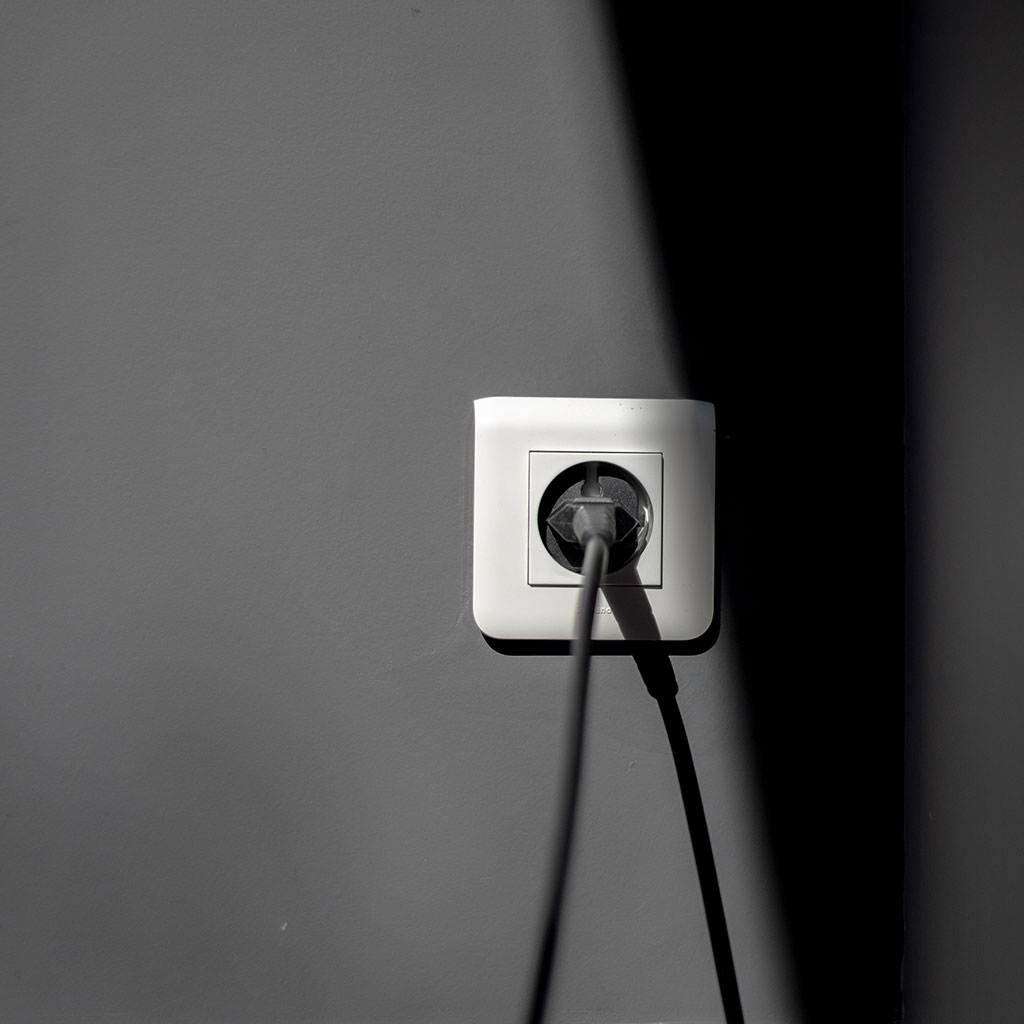Does iMac need to be plugged in
Does iMac need to be plugged in
In this article, we explore the essential aspect of powering an iMac, discussing whether it requires a constant connection to a power source and how its energy needs impact its versatility and usage.
Is it necessary to plug in an iMac?
Yes, an iMac needs to be plugged in to function. Unlike laptops which have built-in batteries for portability, iMacs are desktop computers and require a constant connection to a power source to operate. This is because they do not have an internal battery to sustain them when disconnected from a power outlet. The power cable provides the necessary electrical energy to the iMac, allowing it to run and perform tasks.
The power cable is a vital component of the iMac setup, and it typically connects to the back of the iMac and then plugs into a power outlet. This ensures a steady and reliable source of electricity for the computer. It’s important to position the iMac near a power source to avoid any interruptions in usage. While this means iMacs lack the portability of laptops, it also means they can have more powerful components and do not need to prioritize energy conservation to the same extent. This allows iMacs to deliver high performance and handle resource-intensive tasks without the constraints of battery life.
What Type of Power Source Does an iMac Require?
The iMac relies on a standard electrical power source to operate. It comes equipped with a power cord and a power adapter specifically designed for its model, such as the 24-inch iMac or the 27-inch iMac. The power adapter connects to the iMac via a designated power connector, which ensures a secure and stable connection between the computer and the power supply. This power supply is essential, as the iMac does not have a built-in battery like a laptop, meaning it needs a constant power source to function. Unlike laptops, which have the advantage of battery life for portability, iMacs are stationary desktop computers and do not have the same need for a battery.
In the event of a power outage or power spikes, it’s important to use surge protectors or uninterruptible power supplies (UPS) to safeguard the iMac and prevent potential damage or data loss. While the iMac lacks a battery, it does feature a power button to initiate startup and shutdown procedures. This reliance on a standard electrical power source is characteristic of desktop computers, offering consistent access to the iMac’s impressive processing power. It’s worth noting that over time, issues related to power supply or connectivity can arise, emphasizing the importance of proper power management and routine maintenance to ensure the iMac’s optimal performance.
How Does Power Consumption Compare Between iMacs and Laptops?
Power consumption between iMacs and laptops varies significantly due to their different design and usage scenarios. iMacs are typically more power-hungry compared to laptops. The primary reason is that iMacs are stationary desktop computers that offer higher processing power and performance capabilities. They feature more robust components like powerful processors, larger displays, and dedicated graphics cards, which require substantial electrical power to operate at full capacity. Additionally, iMacs do not have built-in batteries, so they constantly draw power from the electrical outlet, making them less energy-efficient in terms of mobility.
In contrast, laptops are designed for portability and energy efficiency. They are equipped with smaller, more power-efficient components and have built-in batteries. Laptops are optimized to strike a balance between performance and power consumption, allowing users to work on the go without needing a constant power source. While laptops may have battery life limitations, they are designed to manage power effectively, entering low-power modes when idle and using energy-saving technologies to extend battery life. The difference in power consumption between iMacs and laptops underscores the trade-off between performance and portability, with iMacs offering superior processing power at the cost of higher energy usage, while laptops prioritize mobility and energy efficiency.
Can an iMac be powered by renewable energy or backup generators?
Yes, there are alternative methods of supplying power to an iMac, including through renewable energy sources and backup generators. While iMacs primarily rely on standard electrical outlets, users who are environmentally conscious may explore renewable energy options to power their iMacs. Solar panels, for instance, can be used to generate electricity from sunlight, which can then be used to power an iMac and other devices. This sustainable approach not only reduces the carbon footprint but also provides a source of clean energy for the computer.
In cases of power outages or as a backup solution, backup generators can be employed to supply power to an iMac. Backup generators are devices that generate electrical power when the primary power source, such as the grid, fails. Users can connect their iMac and other essential devices to a backup generator to ensure uninterrupted operation during power outages. This is especially valuable in situations where maintaining productivity and preventing data loss are critical, such as in a home office or professional workspace. It’s important to note that while these alternative power sources can provide reliable energy, users should ensure proper setup and compatibility with their iMac to avoid any electrical issues or damage over time.





You must be logged in to post a comment.